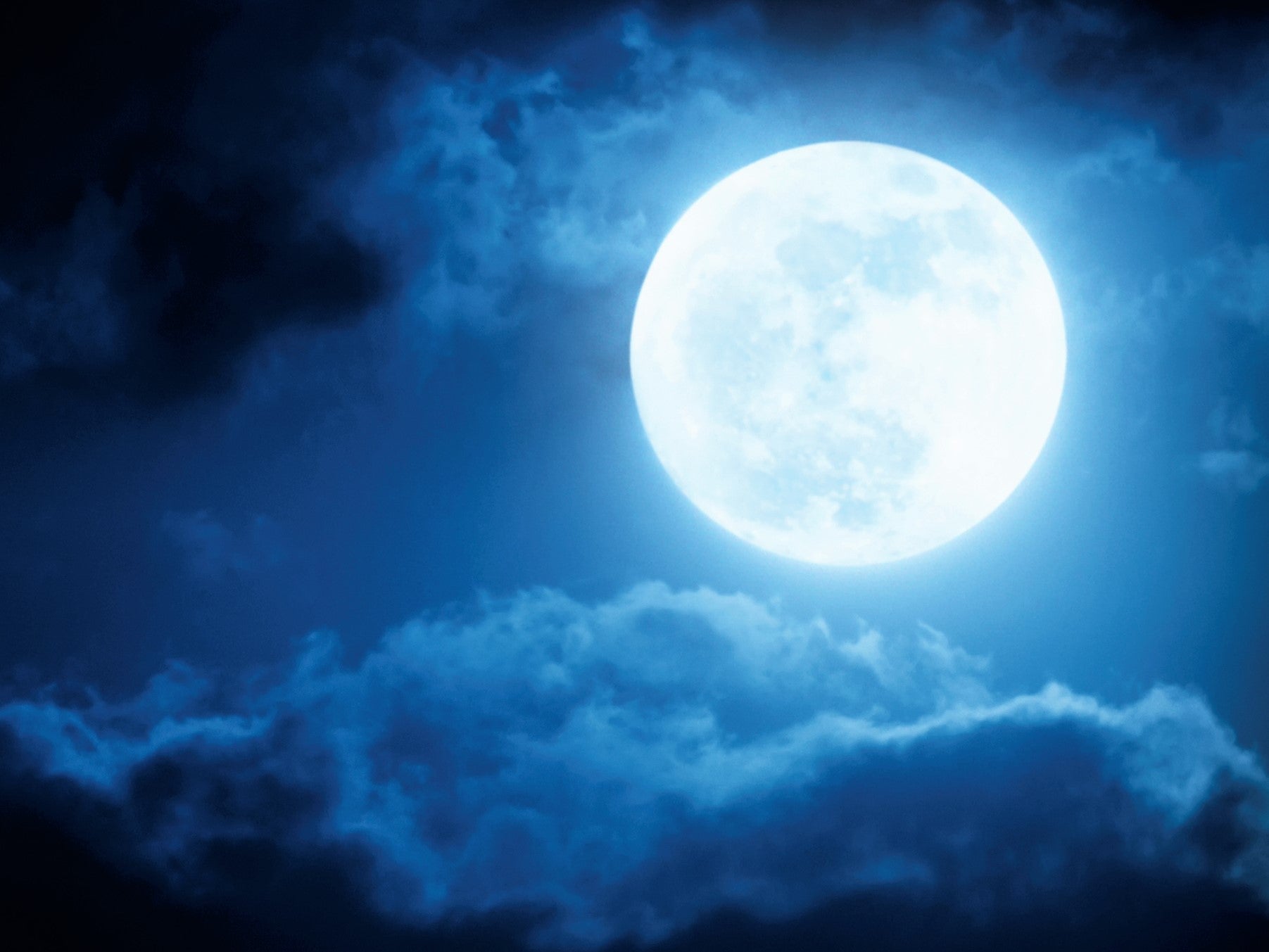Cold Moon: How to see final full moon of 2020 tonight
The date of the lunar cycle means it will the the 13th time a full moon has appeared this year

The final full moon of 2020 will take place tonight, offering the rare chance to see a 13th full moon in a single calendar year.
The moon will appear full from Monday to Wednesday but will officially peak at 3.28am GMT on 30 December.
The 12 months of the Gregorian calendar, used nearly universally around the world, are based on the 12 lunar cycles that typically take place each year.
However, the occurrence of a second full moon in October, known as a Blue Moon, meant 2020 had an extra full moon.
December’s full moon is often referred to as the Cold Moon, as it takes place during winter in the northern hemisphere.
Other names include the Long Night Moon, due to its proximity to the Winter Solstice, and the Oak Moon. It was known as the Moon Before Yule by Anglo Saxons, while the Celtic name was the Wolf Moon.
The timing of December’s full moon cycle may prevent people from observing other celestial events happening around this time, as the light reflected off the Earth’s satellite will outshine them.
“This year moonlight will interfere with viewing the annual Quadrantid meteor shower, expected to be active from 28 December, 2020, through 12 January 2021, peaking on the morning of 3 January 2021,” Nasa’s Gordon Johnston wrote in a recent blog post.
“Under ideal conditions, the Quadrantids would be one of the three best meteor showers of the year, but not his year.”
Weather conditions in many parts of the UK will be ideal for viewing tonight’s full moon, according to the Met Office.
The forecast warns of “wintry showers affecting the north and west with further snow”, but adds: “Most inland areas dry with clear spells and a widespread frost”.
The next full moon will take place on 28 January, 2021, peaking shortly after sunset, UK time.

Join our commenting forum
Join thought-provoking conversations, follow other Independent readers and see their replies
0Comments